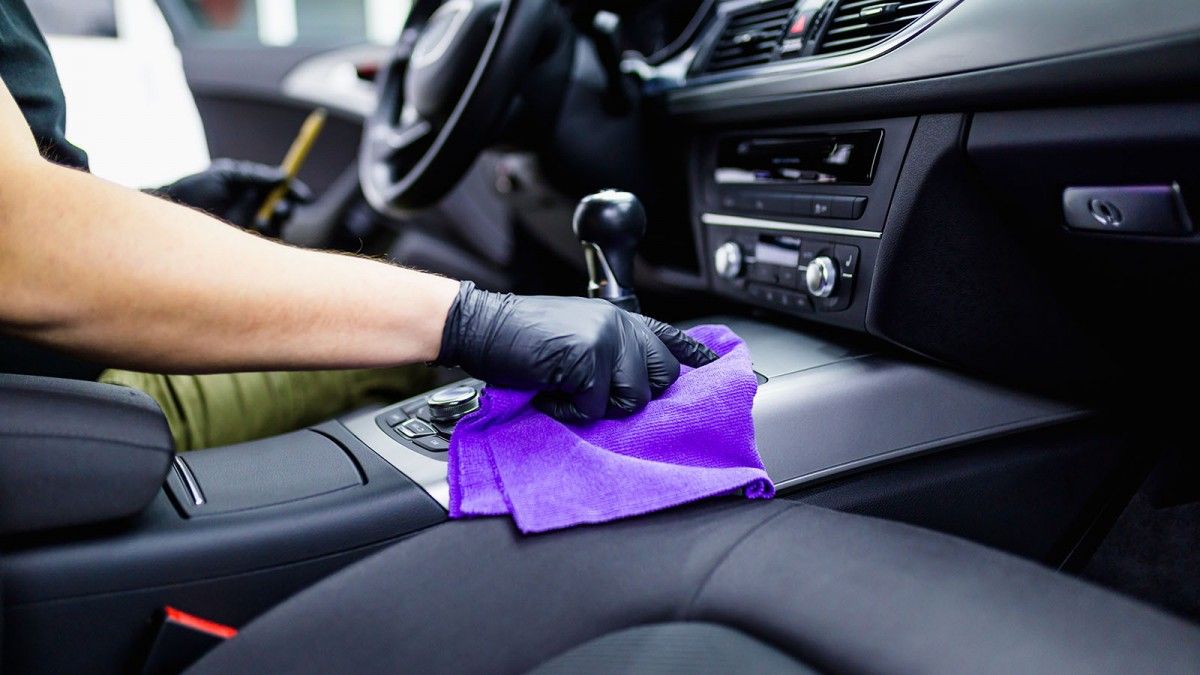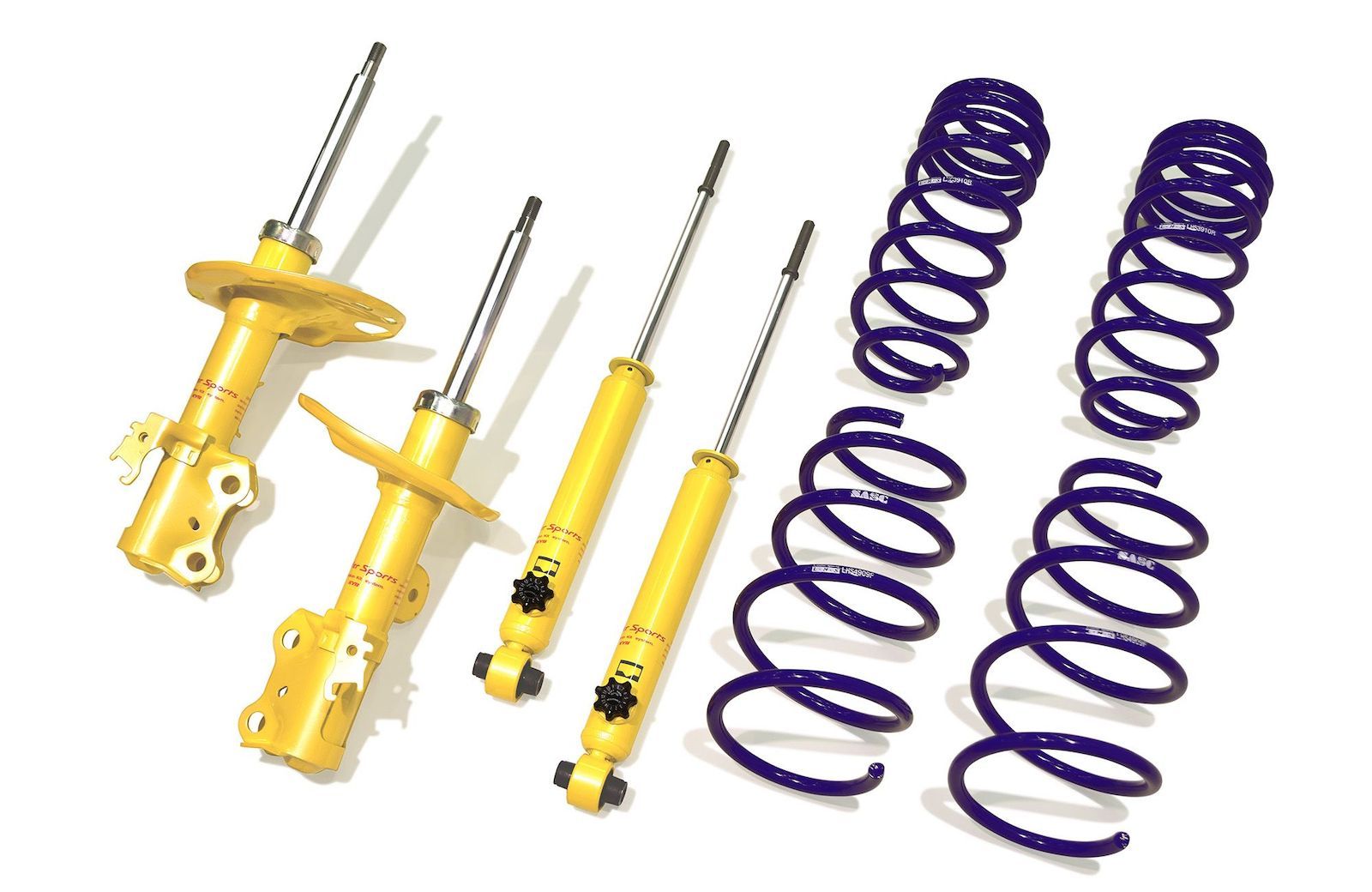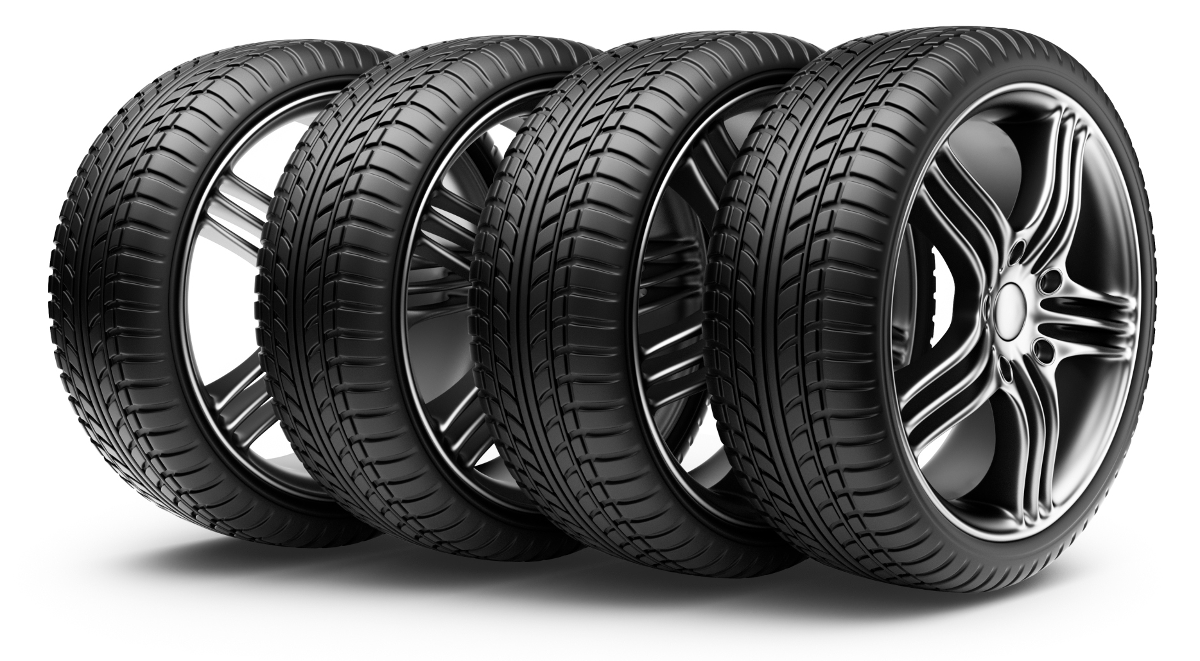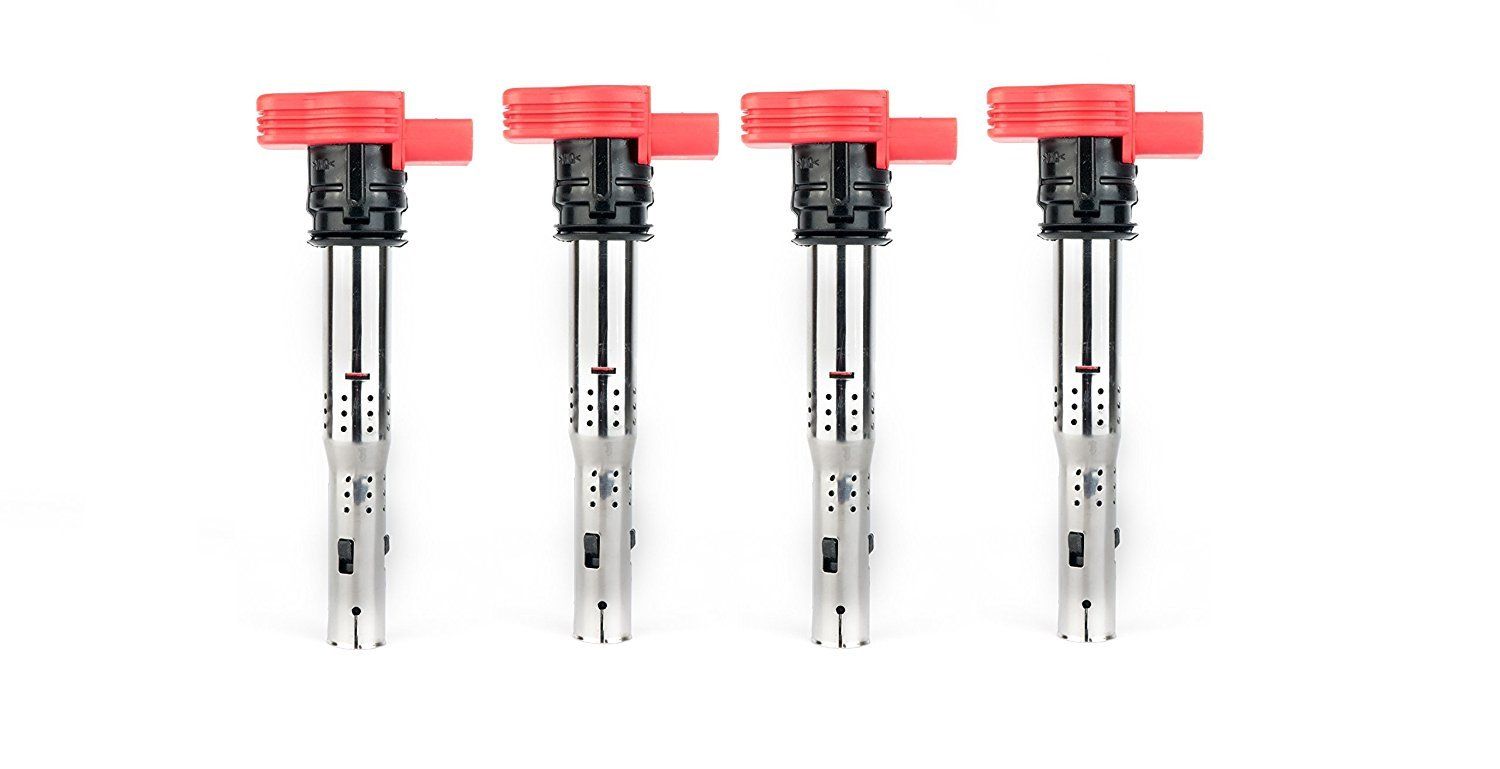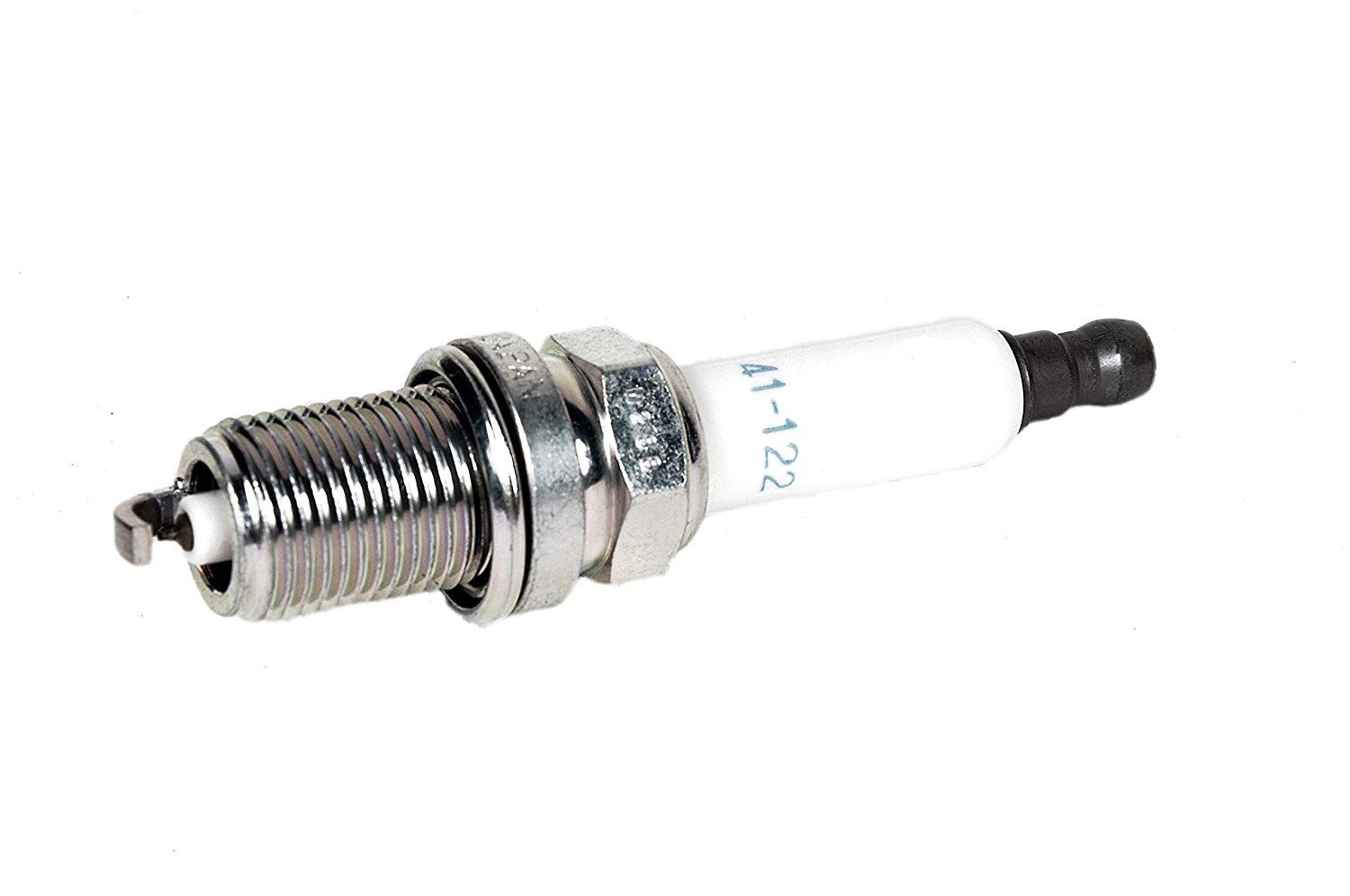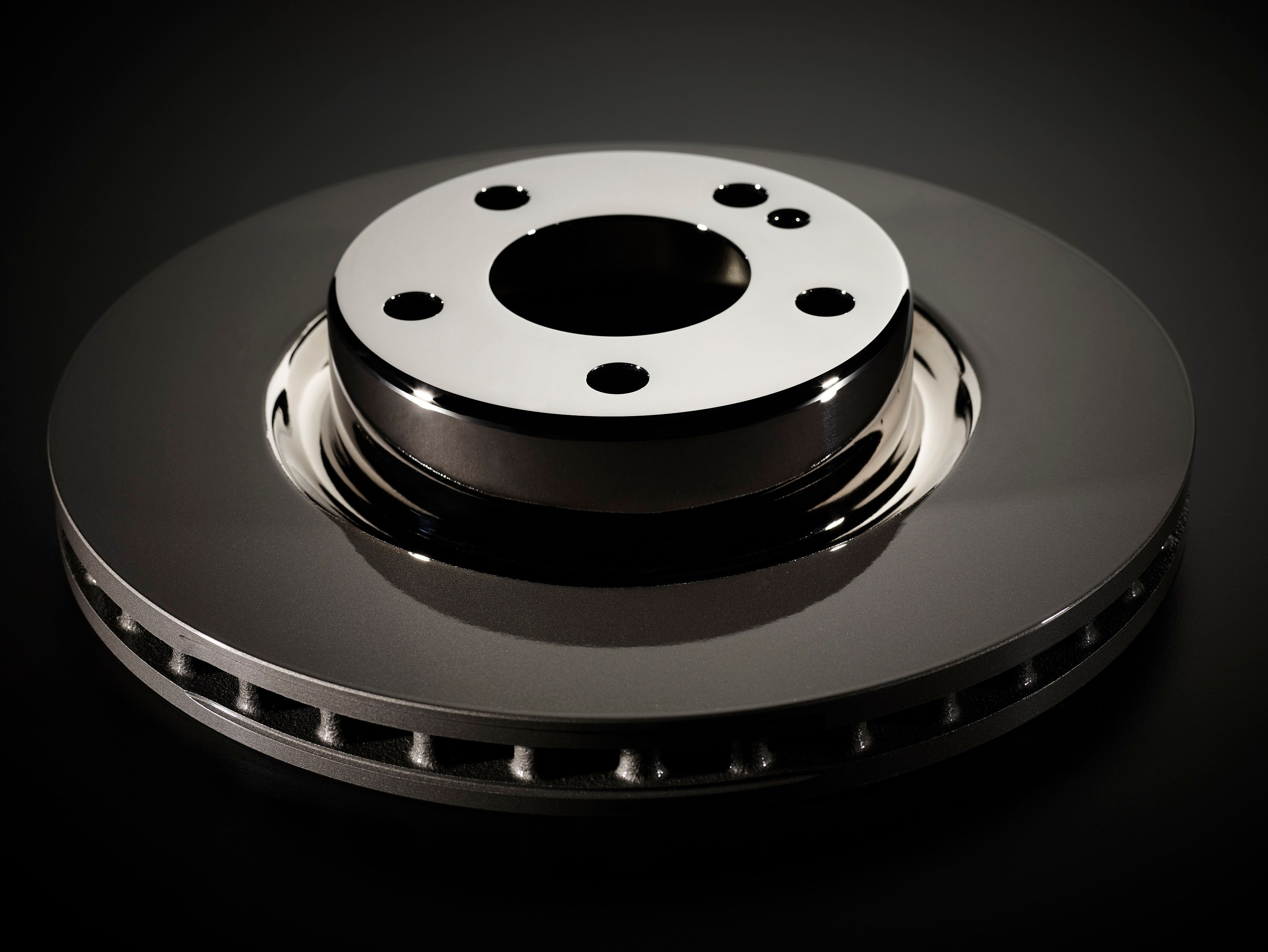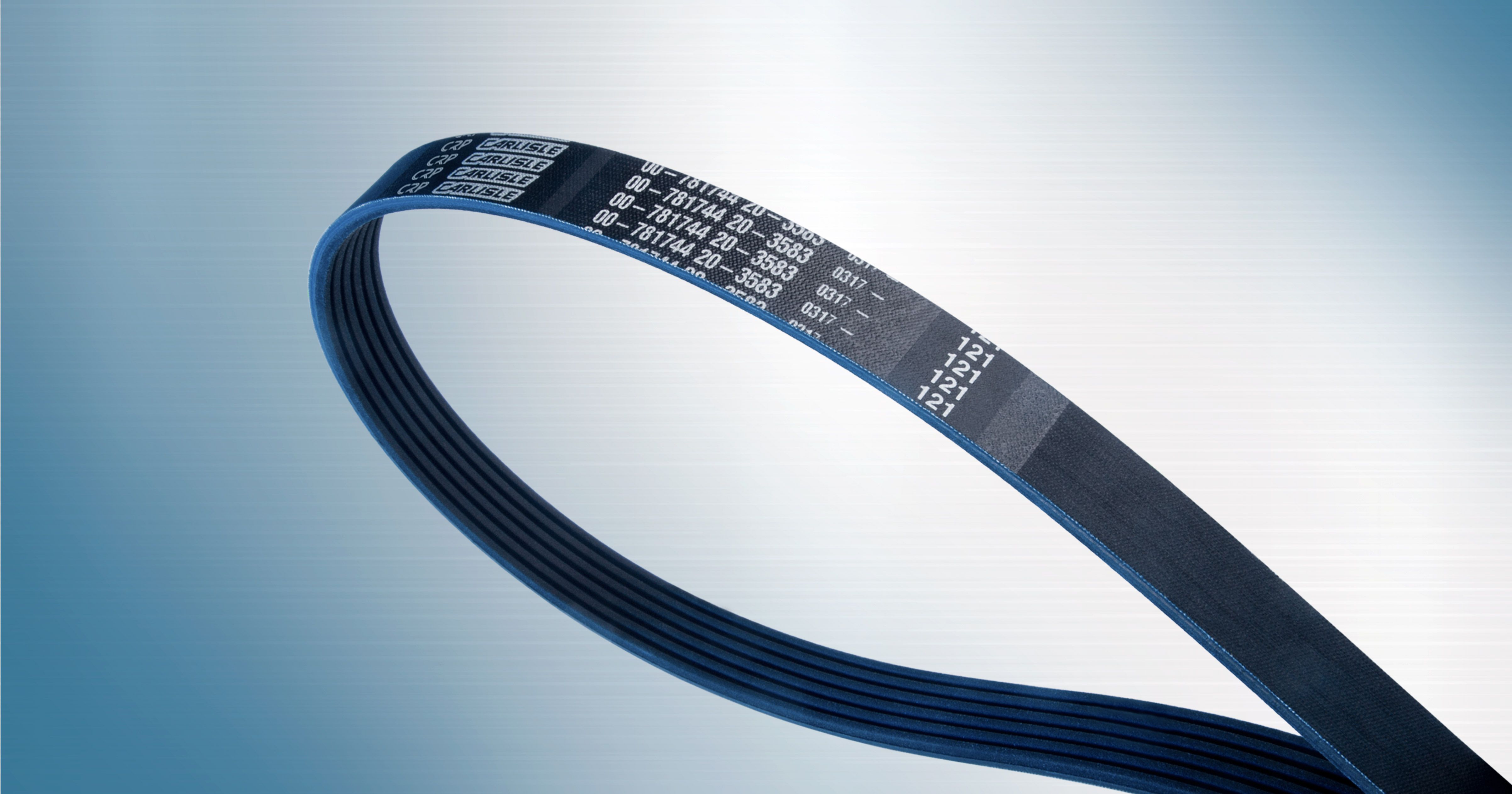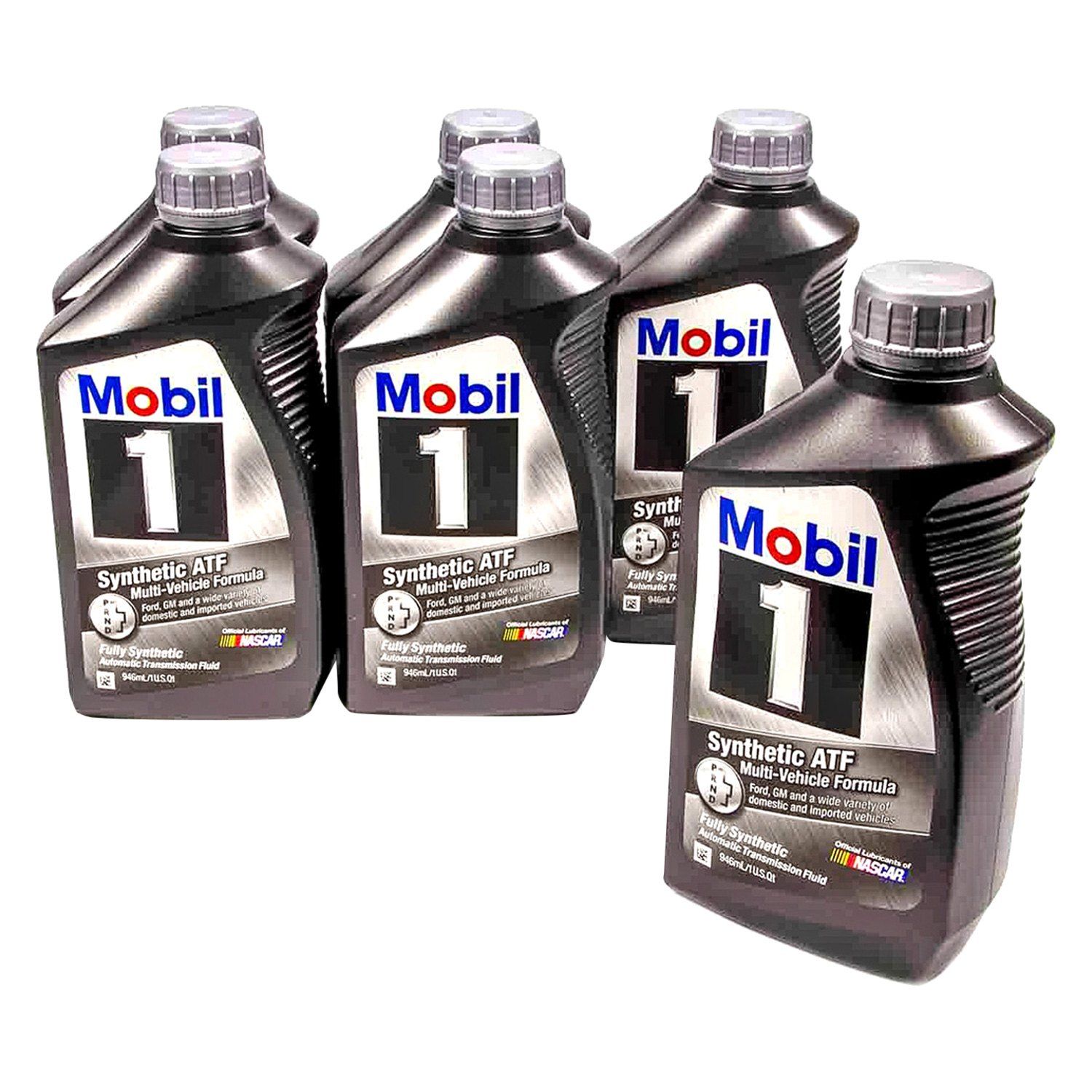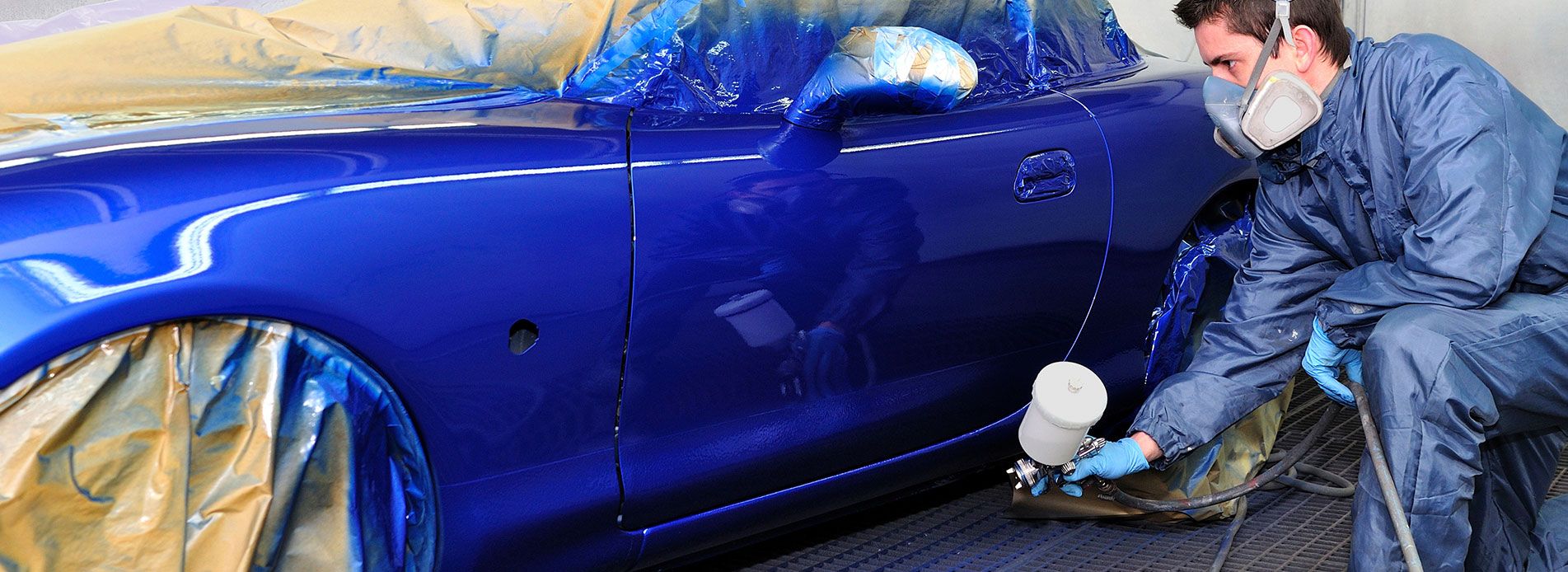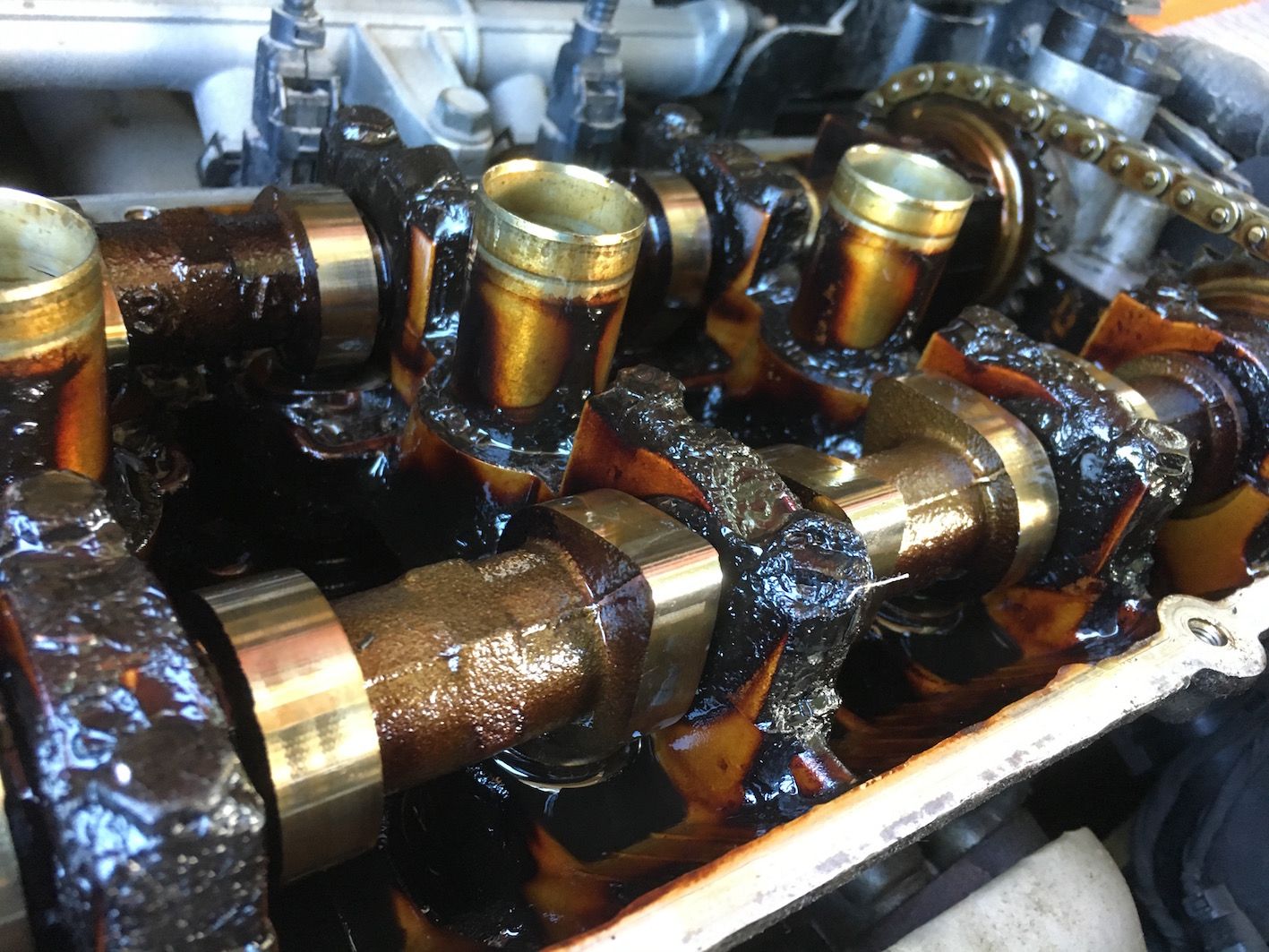Cars need constant maintenance due to wear and tear resulting from frequent use. The maintenance that is done to avoid a total breakdown is called preventive maintenance. Preventive maintenance does not only keep cars in top shape for optimal performance but also saves you a lot of cash by forestalling total damage to important car components and needless trips to the car repair shops.
Tire pressure, engine oil, and brake oil checks are examples of required daily maintenance checks. Change of engine oil, filter, and brake pads are done as regularly as recommended by the car manufacturer. Let's explore 10 maintenance services that you should have done at least every year.
10 10. SHOCK ABSORBERS
Shock absorbers are placed around the wheels of a vehicle to dampen the effects of driving on an uneven road. This leads to improved driving quality and vehicle handling. The technology used in fashioning shock absorbers has evolved leading to the invention of different kinds of absorbers, but the fundamental principle for most is the conversion of kinetic energy generated through driving into heat.
Whatever brand or type of shock absorber being used, it is advised to have them examined and probably changed yearly to have a smooth driving experience.
9 9. TIRES
A tire is a rubber made round object that is inflated or inserted with an inflated inner tube and placed around a metal wheel of a vehicle to cushion its contact with the road. Tires have a four years validity period from production after which they are declared as expired irrespective of whether they were used or not.
Tires that are in constant use will most likely not live up to four years. The wear and tear from the friction generated when braking makes tires lose their threading. It is advisable to have a complete tire replacement every year.
8 8. IGNITION COILS
Ignition coil in cars performs a duty similar to that of a step-up transformer. In this case, the low voltage produced from the car battery is transformed into thousands of volts required to produce the electric spark in the plugs for fuel ignition.
A faulty coil causes the car engine to misfire, leads to bad fuel consumption or may lead to loss of power. Ignition coil takes a while to become faulty and the fault signs can go unnoticed with an unobservant driver – that is why the coils should be changed every year.
7 7. SPARK PLUGS
A spark plug is to combustion-engine-powered car what a lighter is to a cigarette smoker. It ignites the fire needed in the combustion chamber of a spark-ignition engine. Spark plug is a little device but also a very important component of the car engine system.
In the past, to maintain spark plugs, mechanics often remove them and clean them with wire brushes. This practice is obsolete as it creates a weak conduction path that causes weak sparks. Total replacement of all the spark plugs at yearly intervals is a good practice for optimal engine performance.
6 6. BRAKE DISCS
The brake disc is the rotating component of the disc brake assembly on which the brake pad is applied. Made from grey cast iron specifically because of its stiff quality, high thermal conductivity, and specific heat capacity, the brake disc plays a very important role in the halting of a moving or speeding car.
Although the brake disc is made from very strong and durable iron, it also has to be changed yearly as constant usage through braking causes friction that eventually leads to the reduction in density of the disc.
5 5. DRIVE BELTS
Drive belt is usually a long flat rubber-made strong and durable material with a smooth and a ribbed side. There are different kinds of drive belts which include the timing belt and the more widely used serpentine belt. Serpentine belts are used in automotive engines to propel various peripheral devices like the power steering pump, alternator, and air conditioning compressor among others.
Losing a serpentine belt through breakage due to over-use can be very costly if far away from home or an auto repair store as the car is rendered practically immobile.
4 4. AUTOMATIC TRANSMISSION FLUID
Automatic transmission fluid (ATF) is used in self-shifting vehicles. It is characteristically made in color red or green to distinguish it from other vehicle fluids, most importantly the motor oil. Just like other motor fluids, transmission fluid also deteriorates over time with constant use. The color will noticeably turn dark from its initial red or green color.
It is advised that automatic transmission fluid should also be checked at regular intervals to be sure of its level of potency. Although the ATF lasts longer than motor oil, it's expedient that it eventually gets changed to keep the gear healthy.
3 3. BODY REPAIR AND REPAINTING
This might be considered more as aesthetics but its maintenance repair nonetheless. Driving your car around town in different terrains can often mean the car has got little indents and scratches all over due to a not so good driving style of your or from the other road users. It also means the paint must have become dull due to excessive exposure to different kinds of harsh weather.
It is widely known that having a car that looks clean, well maintained and brand new has a positive psychological effect on the car owner.
2 2. CAR INTERIOR
The state of the car interior doesn’t determine or affect its performance by any chance – but it determines and affects how pleasant or long your stay in the car will be. The interior of a car consists of the dashboard, front and back seats, steering, foot rug and so on.
After a year, you should look at probably changing the removable foot mat to a new one and have any damage on the car seat fixed or replace it entirely. Extending maintenance to the car interior leads to maximum satisfaction and it is highly recommended.
1 1. OIL SLUDGE
Oil sludge is experienced in car engines when motor oil is converted to a gel-like substance at a temperature higher than 100 degrees Celsius. Sludge formation can be triggered by the presence of water in the oil or defective crankcase ventilation system among other factors. This problem, when left unresolved, often leads to serious engine problems warranting an engine replacement.
Sludge removal is best done professionally by an auto mechanic. Using a car for a year or over doesn’t necessarily mean there’s a sludge build-up, but it’s a good time to schedule a proper engine examination.

